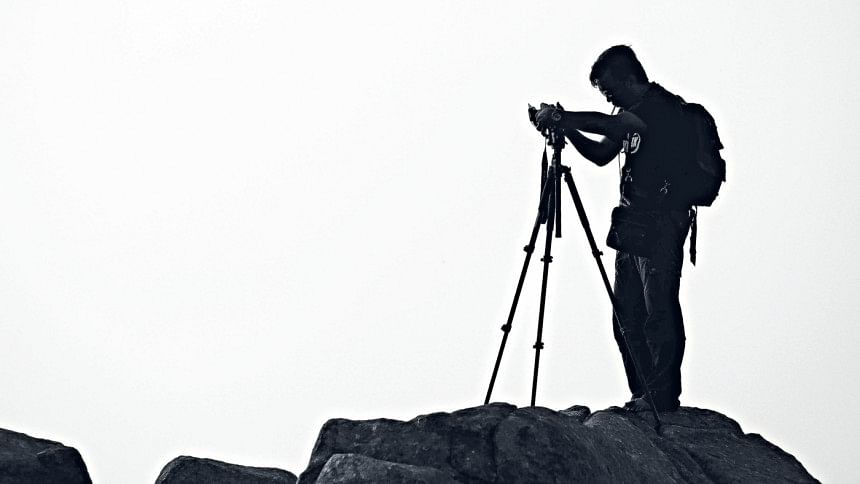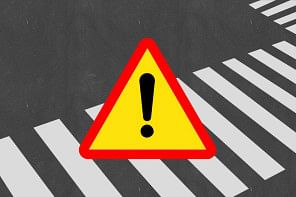Rights of photographers in Bangladesh

Freedom of Panorama (FoP) refers to the legal provision allowing individuals to capture and share images of publicly visible works, such as buildings, sculptures, monuments, and so on, without infringing copyright. The term originated from the German term panorama freiheit. The laws or case-laws dealing with FoP limit an owner's ability to take legal action against people who create and share images of public artworks or buildings. This is an exception to the usual rule that only the copyright owner can allow others to create and share works based on the original.
FoP facilitates the free sharing and dissemination of knowledge, a core principle of Wikimedia projects like Wikipedia and Wikimedia Commons. Contributors face restrictions in uploading photographs of public landmarks, sculptures, or artworks due to copyright constraints, particularly in jurisdictions with limited or no FoP. This hampers the ability to provide visual representations that enhance the quality and accessibility of articles, especially for educational and cultural content. Moreover, the absence of FoP can result in legal uncertainties for Wiki medians, as they might inadvertently infringe on copyright laws while attempting to document and share culturally significant works. This not only limits the growth of freely accessible repositories but also discourages global collaboration.
In Bangladesh, the Copyright Act 2000 in section 72(1)(t) incorporated the notion of FoP. The section actually mentioned several acts that do not constitute copyright infringement and fall under fair use. The section stated that "the making or publishing of painting, drawing, engraving or photograph of a sculpture or other artistic work falling under section 2(36)(c), if such work is permanently situated in a public place or any premises to which the public has access". Section 2(36) defines the term artistic works as "(a) a painting, a sculpture, a drawing (including a diagram, map, chart or plan), an engraving or a photograph whether or not any such work possesses artistic quality; (b) a work of architecture; and (c) any other work of artistic craftsmanship".
Interestingly, the new Copyright Act 2023 has no such provision, which raises a question whether Bangladesh has FoP right now. After analysing the existing jurisprudence developed around the world, this piece argues that Bangladesh has the FoP right now despite the non-incorporation of the FoP clause.
In the UK, this right is explicitly enshrined in section 62 of the Copyright, Designs and Patents Act 1988, permitting photographs of permanent works displayed in public spaces for commercial and non-commercial purposes. Conversely, the US lacks a specific 'Freedom of Panorama' statute; however, works in public spaces are generally considered to fall within the domain of fair use under copyright law, especially for non-commercial purposes, though restrictions apply to copyrighted architectural designs completed after 1990 under the Architectural Works Copyright Protection Act. Apart from the practices in the UK and US, in the European Union, the scope of freedom varies by country: Germany provides broad rights, allowing both personal and commercial use, whereas France limits this freedom to non-commercial contexts. Many other nations, such as India, grant this freedom broadly, ensuring cultural works are accessible for educational and public benefit, while some restrict its application to prevent potential misuse.
At the very first instance, it seems that Bangladesh follows the US model since no specific clause related to FoP is present in the 2023 Act. Like USA, the existence of FoP is argued to be within the purview of 'fair use'. The author argues that Bangladesh has entered the US fair use model by non-incorporating specific acts as fair, rather the use of fairness will be determined by case-to-case basis. In this regard, the US four factor test can also be developed. Four factor test implies the purpose, nature, amount, and effect of the use of the copyrighted work will be determined in every case. For instance, when a photographer uploads a photo by prejudicing the potential market or value of the work photographed, that will not be amounted to 'fair use'.
It is contended that Bangladesh may follow the US four factor test while permitting FoP as within the purview of 'fair use'. If the use of the work does not pass the test, it is not allowed. If it passes the test, FoP is counted within the 'fair use' provision even though no clear provision allows it.
The writer is Lecturer, Department of Law and Justice, Presidency University.

 For all latest news, follow The Daily Star's Google News channel.
For all latest news, follow The Daily Star's Google News channel. 



Comments